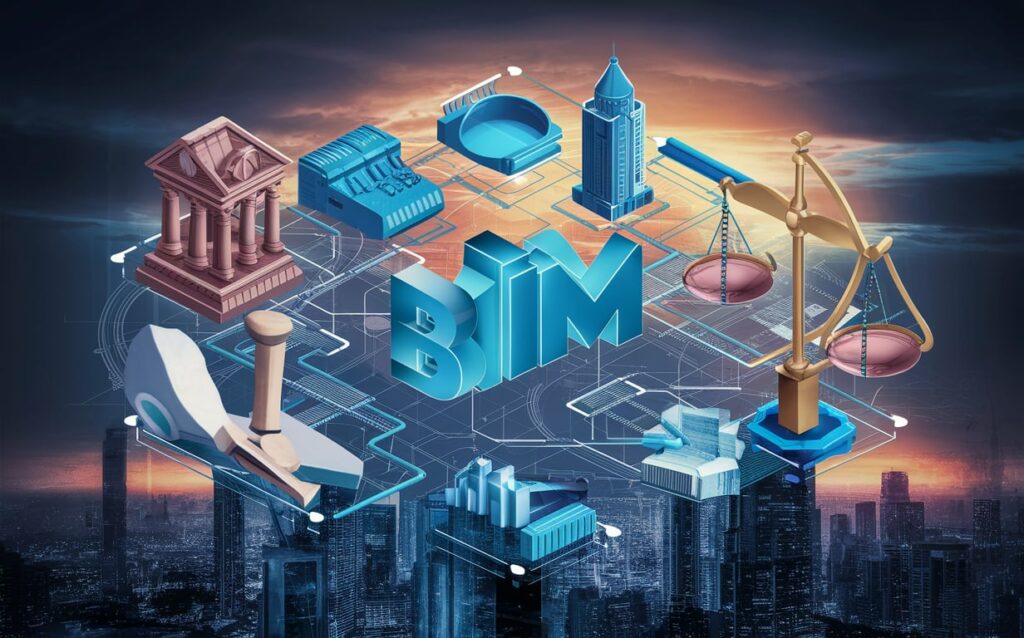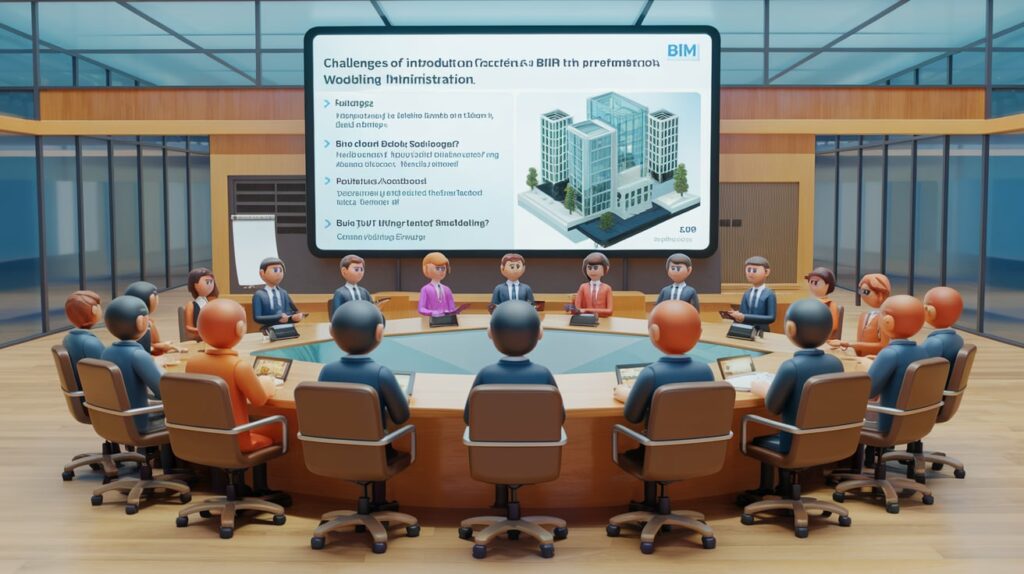BIM strategy for public administration: a guide
The introduction of Building Information Modelling (BIM) in public administration is a decisive step forward for more efficient and sustainable planning of construction and infrastructure projects. BIM is a digital method for the comprehensive recording, management and exchange of all project-relevant information. This includes geometric data as well as information on materials, costs and schedules. Due to its central role in the planning and implementation of infrastructure projects, it is essential for public administration to utilise the potential [...]
BIM strategy for public administration: a guide Read more »







